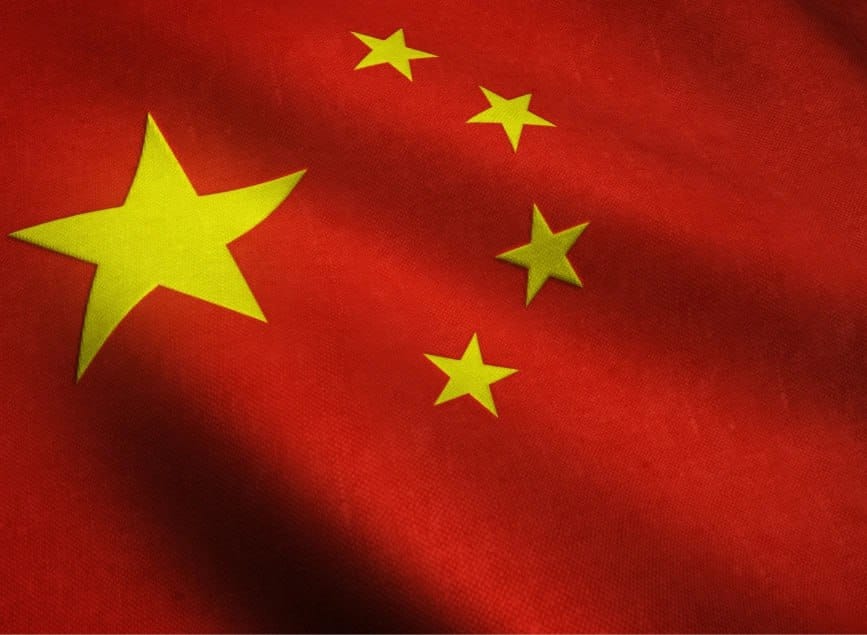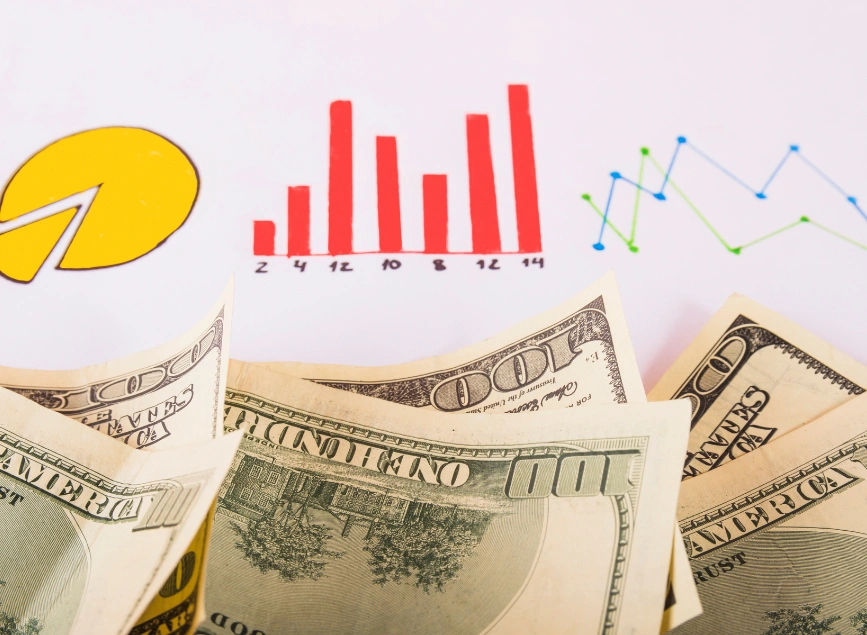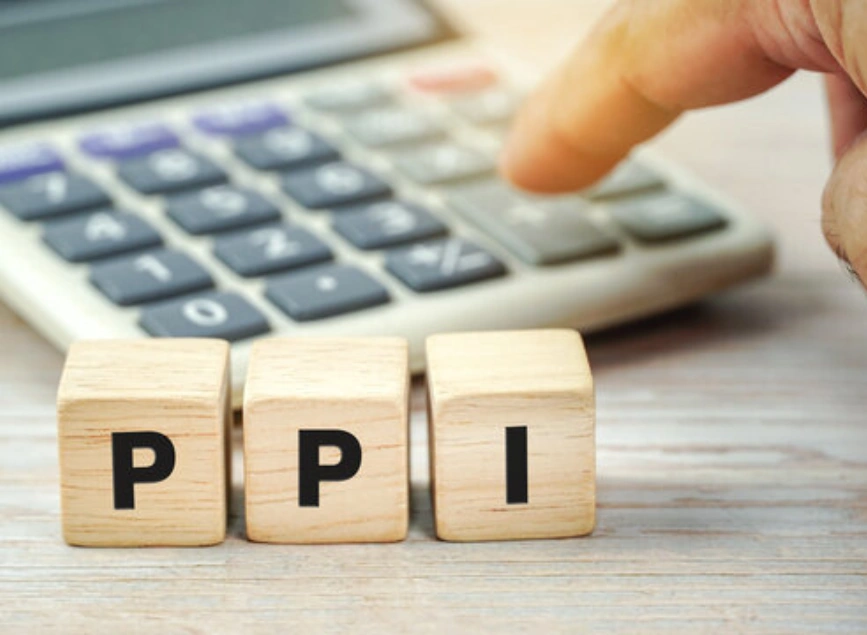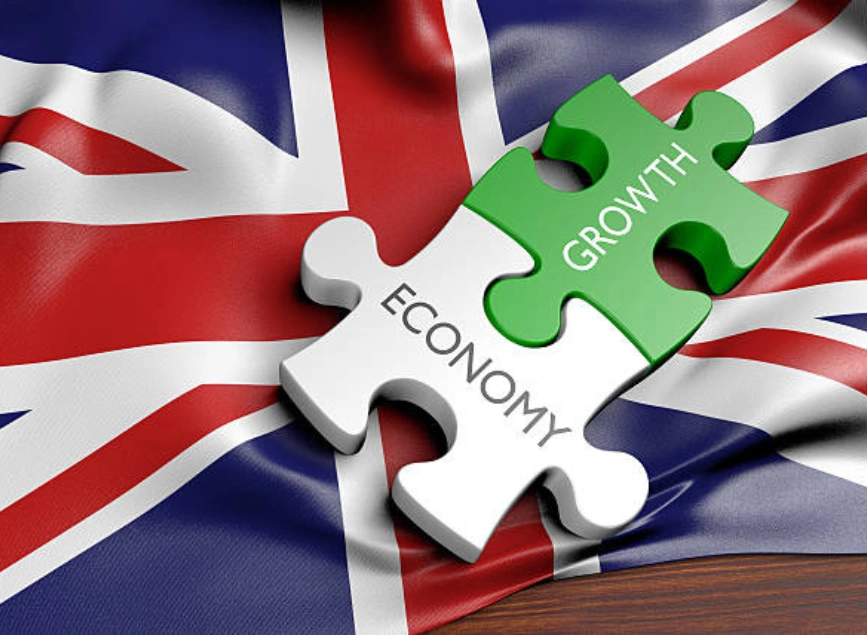
China Loan Prime Rate
In a bid to support its slowing economy, China has once again cut its key lending rates to historic lows. This move by the People’s Bank of China (PBoC) reflects the government’s broader efforts to stabilize the economy amid financial pressures, particularly in the property sector. Let’s explore the details and the potential impact of these rate cuts.
Key Lending Rates at Record Lows
1-Year Loan Prime Rate (LPR) Reduction
The PBoC lowered the one-year Loan Prime Rate (LPR) by 25 basis points, bringing it down to 3.1%. The one-year LPR is a critical rate that influences most corporate and household loans across China. This reduction aims to make borrowing more affordable, encouraging businesses and households to take out loans, invest, and spend, all of which could help stimulate economic activity.
5-Year Loan Prime Rate (LPR) Adjustment
Alongside the one-year LPR, the five-year Loan Prime Rate—commonly used as a benchmark for mortgage rates—was also reduced to 3.6%. This cut is expected to ease financial burdens for homeowners and potential homebuyers, providing a much-needed boost to the property market, which has been struggling with financial difficulties in recent months.
Context: Following a Similar Cut in July
This latest round of rate cuts comes after a similar reduction in July, signaling that the PBoC is committed to maintaining an accommodative monetary policy to support the economy. The back-to-back rate cuts show the severity of the economic slowdown and the urgent need for government intervention.
Signals from the People’s Bank of China
Last week, PBoC Governor Pan Gongsheng hinted at the possibility of a rate cut, and now it has been realized. In addition to the LPR reductions, Governor Pan also suggested that the reserve requirement ratio (RRR) for banks could be lowered in Q4, providing further liquidity to the financial system.
Government Policies and Property Sector Reforms
The rate cuts are part of a broader strategy by the PBoC and the Chinese government to address financial strain in the property sector. Recent policies have been introduced to ease the burden on property developers and restore confidence in the real estate market. This move is crucial for the broader economy, as the property sector plays a significant role in China’s economic growth.
What’s Next for China’s Economy?
With key lending rates at historic lows and the potential for further easing measures such as an RRR reduction, the Chinese government is taking significant steps to reignite economic growth. However, the success of these policies will depend on how quickly businesses and consumers respond to lower borrowing costs, as well as whether the property market stabilizes in the months ahead.
Share
Hot topics

What Is Forex Regulation and Why It Matters
If you’ve been thinking about trading currencies or investing in the forex market, you might have seen words like “regulated,” “license,” or “authority.” They may sound like very boring legal...
Read more




Submit comment
Your email address will not be published. Required fields are marked *